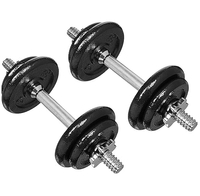A longevity expert says these are the three exercises we should all be doing regularly
Use these three multi-muscle exercises to build full-body strength and boost longevity
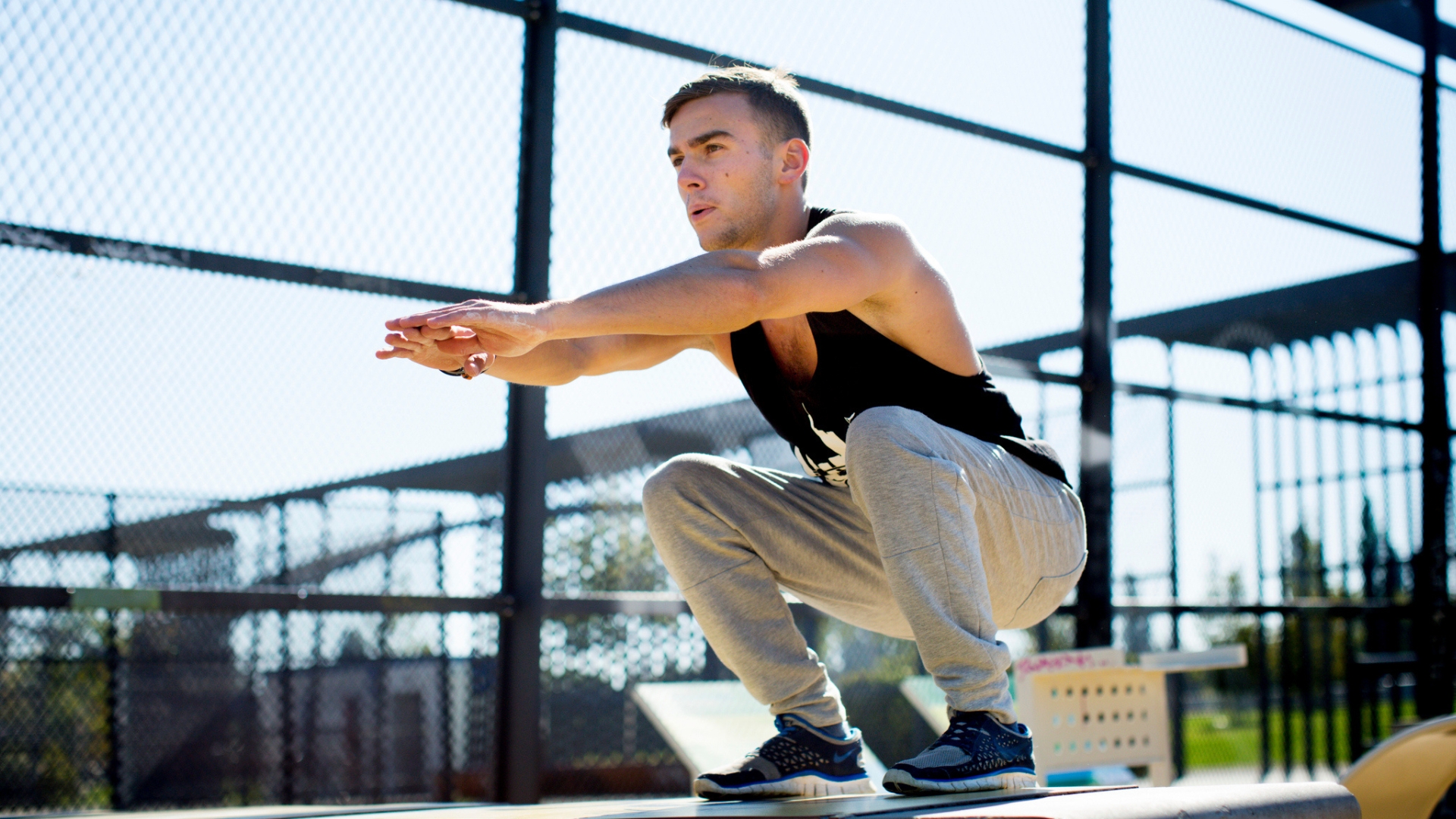
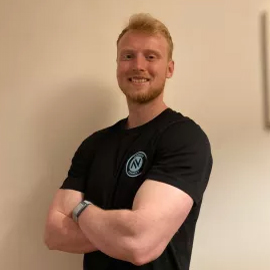
Longevity has become a bit of a buzzword of late, with even Chris Hemsworth diving into the topic in his Disney+ series Limitless. It makes sense though—who wouldn’t want to live, and live well, for as long as possible?
As the director of fitness at Pritikin Longevity Center, Caitlin Donato is something of a specialist in the subject. She has shared her three best exercises for longevity, and they might be surprisingly familiar.
The moves are the squat, deadlift and pull-up—three strength and muscle-building staples. After all, a strong body allows you to handle the rigors of everyday life while minimizing your injury risk.
These exercises also cover three fundamental movement patterns that mirror what we do daily—whether you’re hinging over to pick something up, squatting down to tie a shoelace or pulling open a heavy door—so it pays to be well-versed in them.
Amazon Basics adjustable dumbbell: $49.99 at Amazon
These durable steel weights feature in our round-up of the best adjustable dumbbells. All together, the plates, handles and collars on these dumbbells offer just over 37lbs of weight. Adding this resistance to moves like squats and deadlifts will make them more effective if your goal is to build and retain muscle.
How to do Caitlin Donato’s three best exercises for longevity
1. Squat
- Start by standing upright with your feet shoulder-width apart.
- Lower your body by bending your knees and lowering your hips as if you were about to sit back into a chair. Keep your chest up and back straight. It’s important to move within your specific range of motion, says Donato, so only lower yourself as far as you are comfortably able
- From this bottom position, drive through your feet to return to standing. You can add weight to increase the difficulty by holding a dumbbell in both hands tight to your chest, or holding a barbell across your shoulders.
Benefits of this move
"In order to develop full-body strength for longevity, it’s essential to focus on compound exercises that engage multiple muscles," says Donato. Every exercise on this list fits that criteria, with the squat targeting the quads and hamstrings (the muscles on the front and back of the thigh) as well as the glutes (butt muscles) and calves.
"When it comes to longevity, our goal is to live unassisted for as long as possible," she adds. "So we want to think of everyday movements that we would like to continue to perform. Our training should mimic those movement patterns to strengthen the muscles used to perform that activity."
Get the Fit&Well Newsletter
Start your week with achievable workout ideas, health tips and wellbeing advice in your inbox.
The squat involves moving the hip, knee and ankle joints under load, as do walking, climbing the stairs or picking up heavy objects from the ground. By working these joints through a wide range of motion while supporting extra weight, the squat can also develop your mobility.
2. Romanian deadlift
- Stand with your feet shoulder-width apart, holding a dumbbell or barbell in both hands in front of you, arms extended down and palms facing you.
- Maintaining a straight back and proud chest, hinge at the waist and stick your hips back to lean forward and lower the weight. Keep the weight close to your legs throughout.
- Donato advises working to your range of motion so only lower the weight as far as you are able. Then squeeze your glutes to reverse the motion and return to the starting position.
Benefits of this move
The Romanian deadlift is another multi-muscle, multi-joint compound exercise, paying particular attention to tissues around the hips including the hamstrings, glutes and lower back.
This exercise will also strengthen your core, challenging you to maintain a neutral spine while supporting a load away from your body. This stabilizing effect can lower your risk of injury in and out of the gym, help to lower back pain and support a healthy spine.
To perfect your form, watch the video above or read up on how to deadlift with dumbbells.
3. Pull-up
- Grab a bar overhead with a shoulder-width grip, palms facing away from you.
- Pull your body up until your chin is above the bar.
- From here, lower your body back to the starting position with control. Keep your shoulders retracted (pulled back and down) throughout the full range of motion.
- If you can’t do a pull-up, you can loop a long resistance band around the bar and one of your feet to assist you. Alternatively, find a lower bar where you can keep your feet on the ground and knees bent, while hanging from it. Then, support some of your weight with your feet while performing a pull-up to make it easier (demonstrated in the video below).
Benefits of pull-ups
Pull-ups target the shoulders, back and biceps muscles, and they can also improve your grip strength. They're also great for strengthening those all-important core muscles, like the erector spinae (back muscles that run along the spine) which stabilize and support your torso.
Speaking previously with Fit&Well, NASM-trainer Wendy Bates explained that one significant benefit of pull-ups is that they improve your relative strength.
"Relative strength is how much force you can produce relative to your body weight and reflects how effectively and efficiently you can functionally move and control your body," she said.
Having a good level of relative strength can help you stay active and mobile as you age.

Harry Bullmore is a Fitness Writer for Fit&Well and its sister site Coach, covering accessible home workouts, strength training session, and yoga routines. He joined the team from Hearst, where he reviewed products for Men's Health, Women's Health, and Runner's World. He is passionate about the physical and mental benefits of exercise, and splits his time between weightlifting, CrossFit, and gymnastics, which he does to build strength, boost his wellbeing, and have fun.
Harry is a NCTJ-qualified journalist, and has written for Vice, Learning Disability Today, and The Argus, where he was a crime, politics, and sports reporter for several UK regional and national newspapers.
-
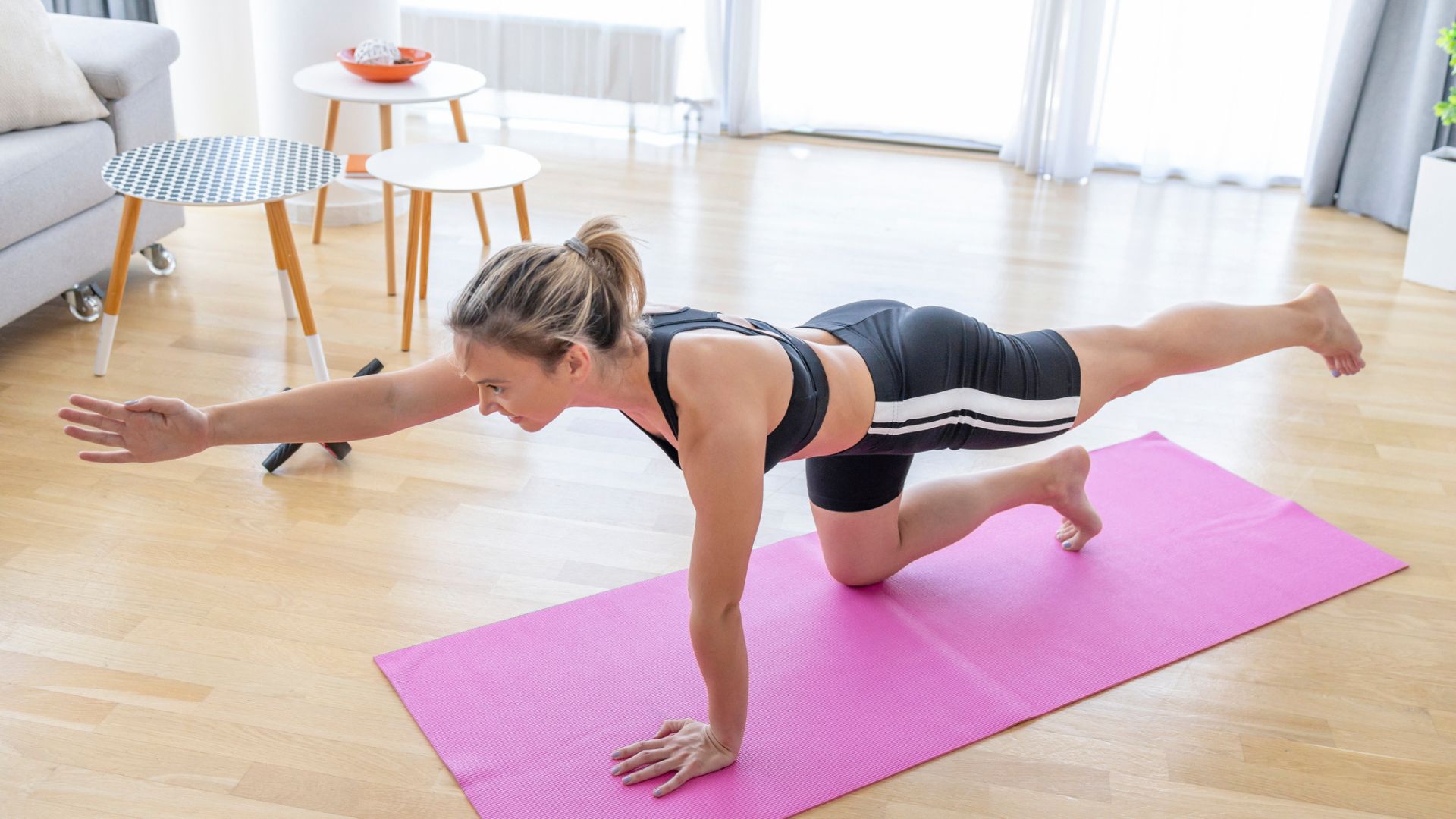 I did bird dog every day for seven days and now I understand why trainers recommend it for core strength, spinal health and posture
I did bird dog every day for seven days and now I understand why trainers recommend it for core strength, spinal health and postureThis simple bodyweight move has so many benefits
By Alice Porter
-
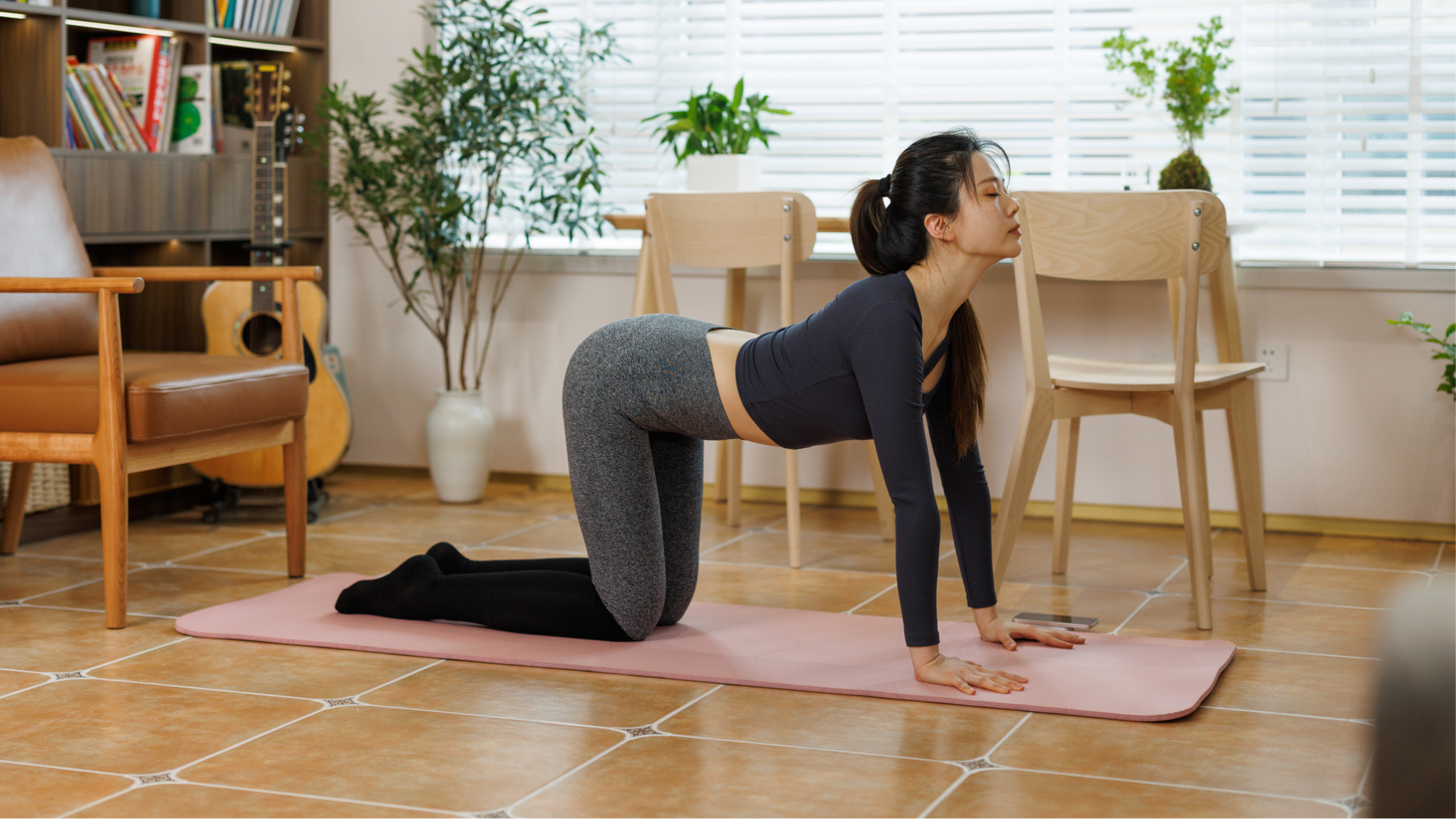 A yoga instructor says this eight-minute routine is all you need to mobilize your entire body
A yoga instructor says this eight-minute routine is all you need to mobilize your entire bodyStiff and achy muscles? Try this
By Alice Porter
